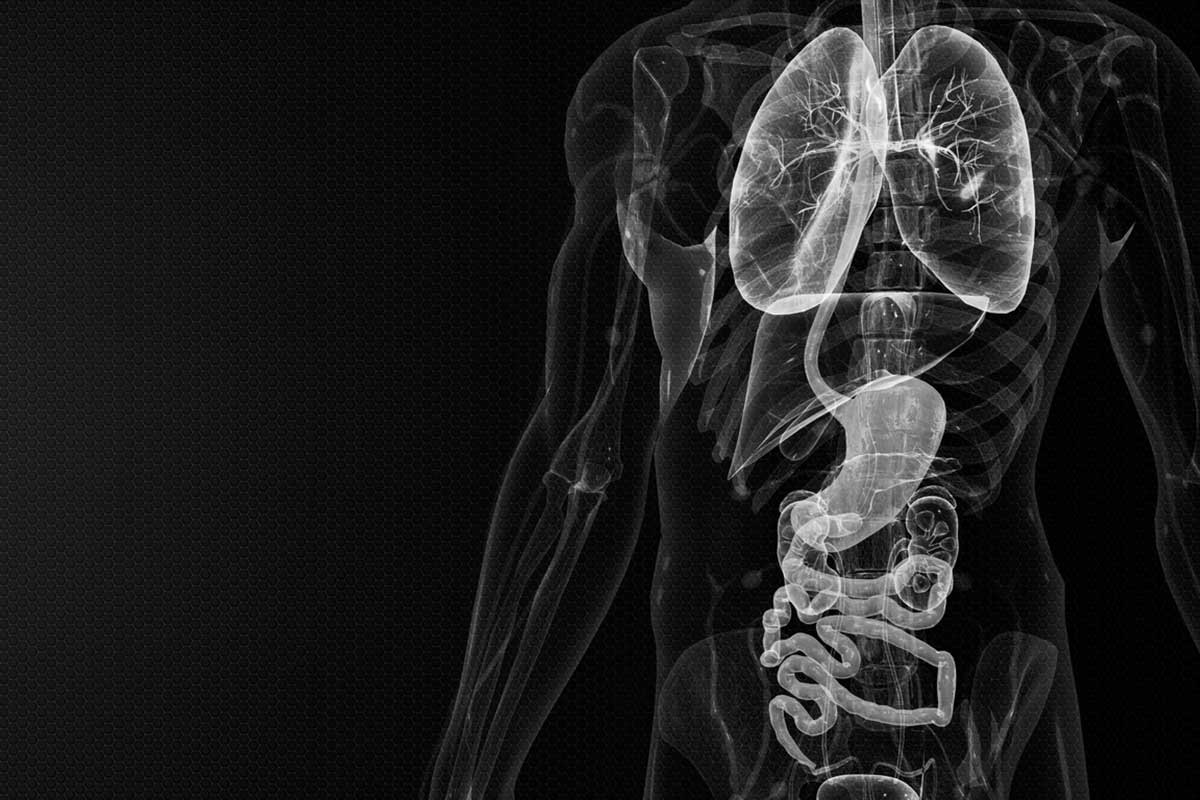Basis of the Widmark Formula
The Widmark formula uses the following key factors:
- Amount of alcohol consumed: total alcohol intake, often measured in grams of ethanol (one standard drink contains about 14 grams).
- Body weight: the person's weight, which influences the volume of alcohol distribution in the body.
- Distribution ratio (Widmark "r"): a gender-based constant reflecting the proportion of the body that is water (approximately 0.68 for men and 0.55 for women).
Using these inputs, the formula estimates BAC as:
BAC = (Alcohol in grams) / (Body weight in grams × r) × 100%
This calculation gives an approximate BAC as a percentage. For example, consuming more alcohol or having a lower body weight will yield a higher BAC by this formula. The distribution ratio “r” adjusts for biological sex differences in body water content.
Example Calculation
Consider an example: a 180 lb male who consumes 4 beers (approx. 56 grams of alcohol in total) over a short period. Using Widmark’s equation:
BAC ≈ (56 g) / (180 × 454 g × 0.68) × 100% ≈ 0.10%
This rough calculation predicts a peak BAC of about 0.10%, which is above the typical legal limit of 0.08%. However, this is the theoretical instantaneous peak. If those drinks were consumed over, say, 2 hours, the body would metabolize some alcohol during that time. Assuming an average elimination rate of about 0.015% BAC per hour, approximately 0.03% would be subtracted (2 hours × 0.015), bringing the estimated BAC down to around 0.07%. In this scenario, although the Widmark formula's initial result was over the limit, the timing of consumption means the driver’s BAC at the end of drinking might be below the legal limit.
Note: This example illustrates why timing is critical. The Widmark formula itself does not account for the passage of time or metabolism during drinking – it provides a starting point which must be adjusted for alcohol elimination. Defense attorneys examine these details to argue whether the BAC at the actual time of driving could differ from the later test results.
Using Widmark in DUI Cases
Prosecutors and experts might use the Widmark formula (and its extensions) to retroactively estimate a driver’s BAC at the time of driving. DUI defense lawyers must understand this calculation to challenge its assumptions. Factors like incomplete absorption (if the driver was still absorbing alcohol) or individual metabolic variations can make the Widmark estimate less reliable. Effective cross-examination may highlight that the Widmark formula provides an average estimate that might not account for an individual’s unique physiology or drinking pattern.
Interactive Example
Below is a simplified interactive example demonstrating how the Widmark formula works. Adjust the number of standard drinks and select a gender to see how the estimated peak BAC can change (assuming a constant body weight of 180 lbs and immediate consumption):
Approx. BAC = 0.03% (percent)
*This interactive example uses a standard Widmark calculation without any metabolism deduction. It demonstrates the influence of alcohol quantity and biological sex on BAC. In reality, many other factors (drinking duration, food intake, individual metabolism) also affect BAC.

